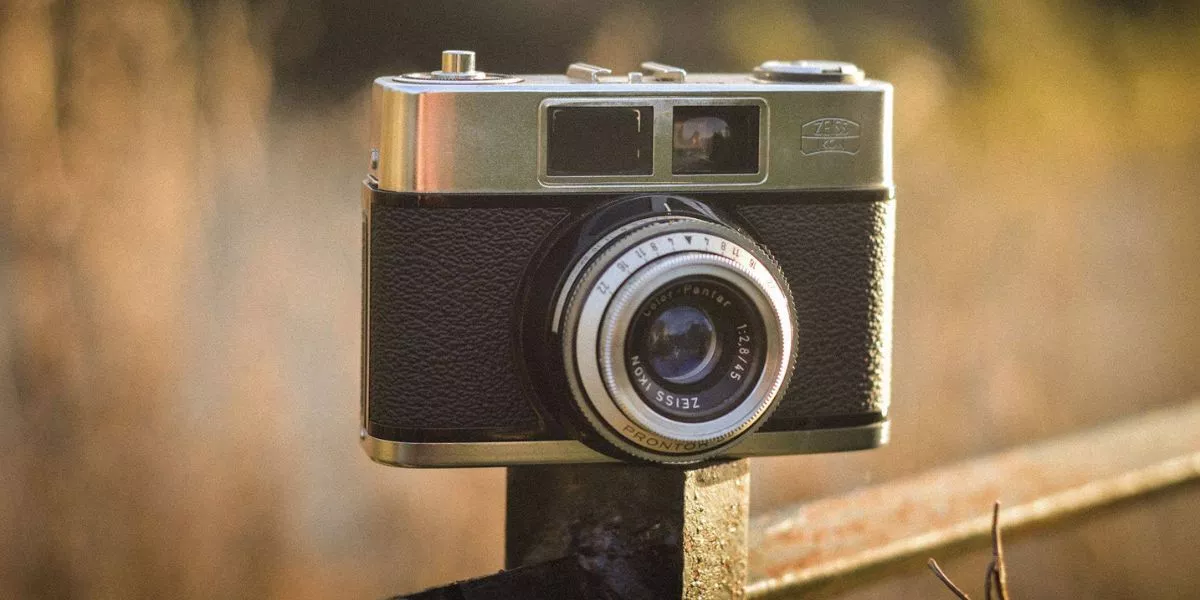
To enhance your photography with a budget-friendly camera, you don't need to break the bank on expensive gear. By maximizing the potential of your camera's settings and focusing on composition techniques, you can capture stunning images that rival those taken with pricier equipment. But what are some specific strategies you can implement to elevate your photography game without draining your wallet?
Understanding Your Camera Features
To maximize your photography potential with a budget-friendly camera, familiarize yourself with its key features. Firstly, understand the various shooting modes your camera offers. These modes, such as aperture priority, shutter priority, and manual mode, allow you to have more control over settings like aperture and shutter speed. Experimenting with these modes will help you grasp their impact on your photos.
Next, get to know your camera's autofocus system. Most budget-friendly cameras come with different autofocus modes like single point, zone, and tracking. Learning how and when to use each mode will significantly improve the sharpness and accuracy of your images.
Additionally, explore the white balance settings on your camera. White balance affects the overall color tone of your photos, so understanding how to adjust it according to different lighting conditions is crucial for capturing accurate colors.
Lastly, delve into the exposure compensation feature. This allows you to manually adjust the brightness or darkness of your images without changing the aperture or shutter speed settings. Mastering exposure compensation will give you more creative control over your photography.
Mastering Composition Techniques
Enhance your photography skills by mastering essential composition techniques that elevate the impact of your images. Composition is key to creating visually appealing photographs.
Start by utilizing the rule of thirds; imagine breaking your frame into a grid of nine equal sections and placing your subject or key elements along the lines or at the intersections. This simple technique can add balance and interest to your photos.
Experiment with different angles and perspectives to bring a unique touch to your compositions. Consider leading lines to draw the viewer's eye into the photo or framing your subject within a natural frame like a doorway or arch.
Pay attention to symmetry, patterns, and textures to add depth and visual interest to your images. Remember, composition is about guiding the viewer's gaze and conveying your message effectively.
Practice these techniques consistently to refine your skills and enhance the overall quality of your photographs.
Utilizing Natural Lighting to Your Advantage
Make the most of natural lighting by strategically positioning your subject to capture stunning photographs. When shooting outdoors, pay attention to the direction and quality of light. Soft, diffused light during the golden hours around sunrise and sunset can add warmth and depth to your images.
Position your subject so that the light falls on them at an angle, creating pleasing highlights and shadows. Avoid harsh midday sunlight, as it can result in overexposed or harshly shadowed photos.
If you're shooting indoors, place your subject near a window to take advantage of natural light. Consider using curtains or diffusers to soften the light and create a more flattering effect. Experiment with different angles and positions to see how light interacts with your subject.
Exploring Post-Processing Options
When it comes to improving your photography with a budget-friendly camera, one powerful tool at your disposal is exploring post-processing options. Post-processing allows you to enhance and refine your images after they've been captured. With software like Adobe Lightroom or free alternatives like GIMP or Snapseed, you can adjust various elements such as exposure, contrast, colors, and sharpness to make your photos truly stand out.
Experimenting with different editing techniques can help you achieve the desired look for your images. You can try adjusting the white balance to correct any color casts, cropping to improve composition, or applying filters to create unique effects. Don't be afraid to play around with settings and explore tutorials to learn new editing tricks.
Moreover, post-processing can help salvage photos that may initially seem less than perfect due to lighting or other factors. By making subtle adjustments, you can turn an ordinary shot into something extraordinary. Remember, the key is to use post-processing to enhance your photos without overdoing it, maintaining a balance between creativity and realism.




